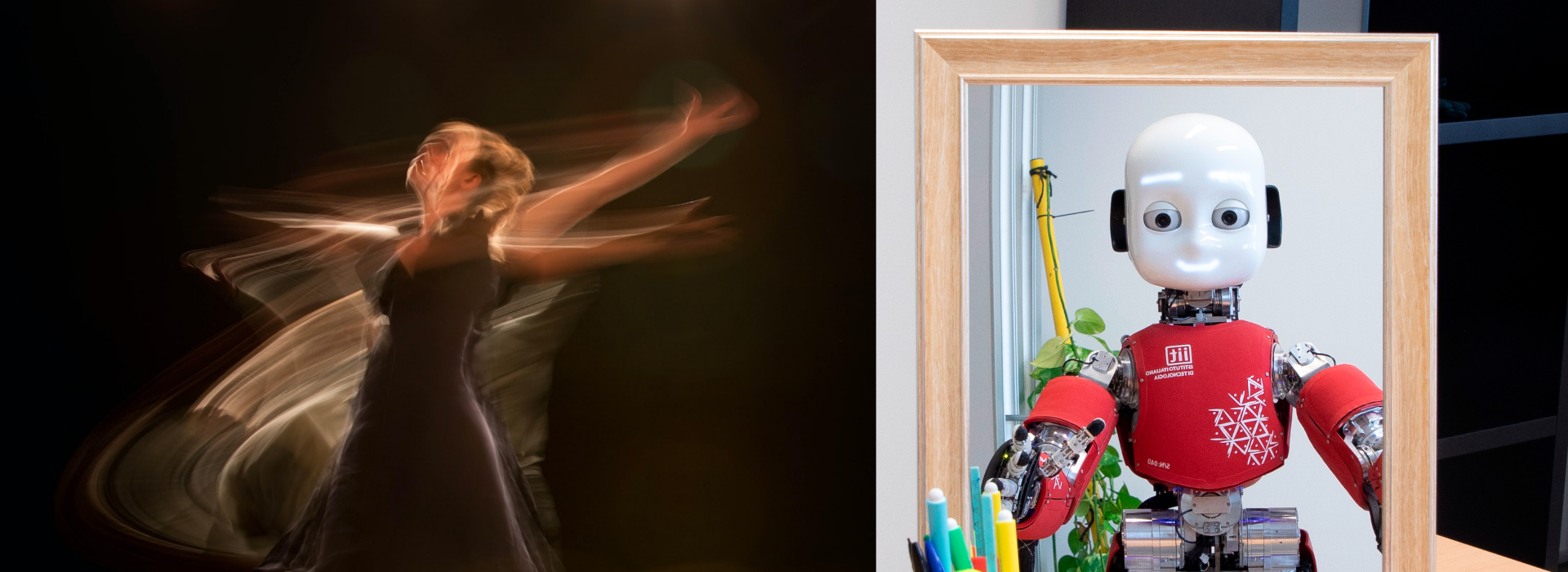May 22, 2023
17:00 - 20:00 (CEST)
The Science of Consciousness (TSC 2023), Taormina (ME) - Italy
Motivation
Given the deep and complex nature of consciousness and, in general, what is related to self-awareness, the endeavor to simplify and implement such phenomena on artificial agents may likely result in severe reductionism. Nevertheless, too high is their relevance for artificial embodied systems. Autonomous control and behaviors, fluent and effective interaction with the environment, as well as meaningful and trustworthy relations with humans, require robots to have a sense of self. Hence, the impasse calls for interdisciplinary research and respectfully comprehending other perspectives. This workshop wants to gather different approaches – from neurosciences, robotics, and philosophy – concentrating attention on the role of the body in self-awareness. The body is the core of identity, personal history, and interaction with the external world. Also, albeit different in its nature, it makes robots more comparable to humans. At the intersection of different disciplines, this workshop aims to emphasize the importance of the topic, show recent developments, and promote further collaborative research.


